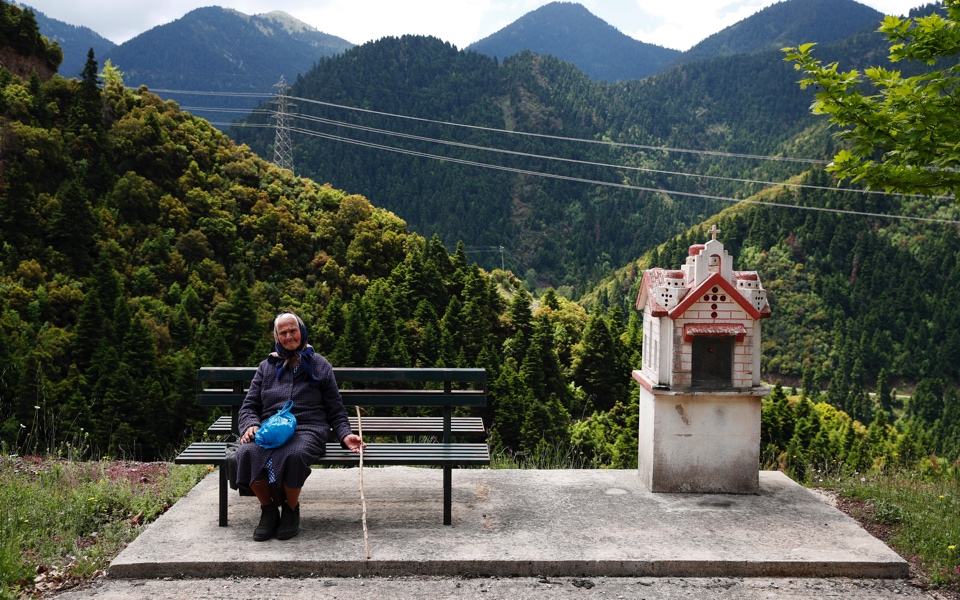Future seniors without a safety net
Demographic trends to render family less capable of caring for the elderly

Breaking with the age-old traditions, the family in Greece will in the future be less able to perform the role of safety cushion, taking care of the elderly when they can no longer live independently, due to demographic trends.
At the same time, the number of seniors in Greece and Europe will continue to increase in relation to the general population in the coming years as a result of the rise in life expectancy and infertility.
“The welfare state will be called upon to meet the needs of the elderly as the close family for many will not exist and the earnings of the elderly will not be able to cover their increased needs privately,” stressed Byron Kotzamanis, professor of demography.
The last hundred years have seen significant changes in the course of the main demographic components – mortality, fertility and family formation (marriage) – in Greece.
“We are much older as a population, we are living much longer, we are marrying less and divorcing more, having fewer children, and as a result the composition of families has changed significantly,” Kotzamanis declared in his research on the impact of demographic developments on the family environment.
In the last century, there has been a significant improvement in life expectancy, which, while initially due to a fall in infant and child mortality, has been nearly entirely due to a reduction in mortality in older age groups in recent decades. Estimates say that by mid-century, the average life expectancy for women will be 90 years and more than 85 years for males.
The researcher used women an example because they have traditionally been the primary caregivers.
In the early 1920s the percentage of women who had not married by the age of 50 was 12%, This proportion has already doubled among women born in the 1980s, while they divorce far more easily: One in every three marriages ends in divorce. Furthermore, there has been an increase in out-of-wedlock births, leading to a rise in single-parent families.
Women born during the interwar period had between 2.3 and 2.5 children while those born in 1985 will have an average of 1.45, and at a proportionally high age, after 31.
Tellingly, 25% of women born in the 1980s will have no children at all. The corresponding figure in the pre-war generations was no more than 15%.





